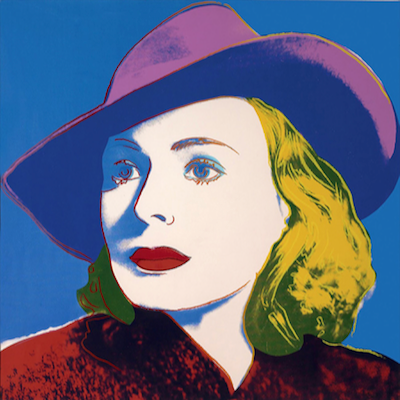
Details
Artist
Styles
// Navegador by Antonio Dias, a lithograph from 2015, is a hauntingly intricate depiction that blurs the boundaries between the organic and the cosmic. Set against a deep, star-studded black background, the artwork features an anatomical rendering of a human brain and nervous system, which cascades down in delicate, root-like structures. The composition suggests both a biological form and an otherworldly entity, as if the brain is tethered to the cosmos, navigating through an abstract space. The white, intricate lines of the nervous system resemble both roots and celestial connections, evoking themes of consciousness, interconnectedness, and the human experience within the universe. Part of an edition of 30, this lithograph reflects Dias's exploration of existence and introspection, merging scientific imagery with a sense of mystery and transcendence.
Navegador, 2015
form
Medium
Size
106 x 70 cm
- Inches
- Centimeters
Edition
Price
- USD
- EUR
- GBP
Details
Artist
Styles
// Navegador by Antonio Dias, a lithograph from 2015, is a hauntingly intricate depiction that blurs the boundaries between the organic and the cosmic. Set against a deep, star-studded black background, the artwork features an anatomical rendering of a human brain and nervous system, which cascades down in delicate, root-like structures. The composition suggests both a biological form and an otherworldly entity, as if the brain is tethered to the cosmos, navigating through an abstract space. The white, intricate lines of the nervous system resemble both roots and celestial connections, evoking themes of consciousness, interconnectedness, and the human experience within the universe. Part of an edition of 30, this lithograph reflects Dias's exploration of existence and introspection, merging scientific imagery with a sense of mystery and transcendence.
- Recently Added
- Price (low-high )
- Price (high-low )
- Year (low-high )
- Year (high-low )
What is pop-art?
Pop Art is an art movement that began in Britain in 1955 and in the late 1950s in the U.S. It challenged traditional fine arts by incorporating imagery from popular culture, such as news, advertising, and comic books. Pop Art often isolates and recontextualizes materials, combining them with unrelated elements. The movement is more about the attitudes and ideas that inspired it than the specific art itself. Pop Art is seen as a reaction against the dominant ideas of Abstract Expressionism, bringing everyday consumer culture into the realm of fine art.
















